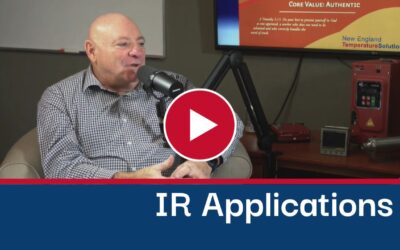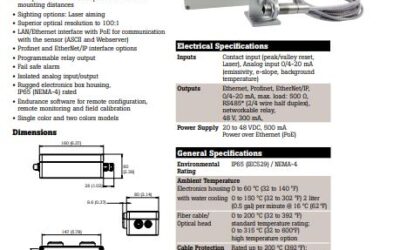Control types:
This is one of the most complicated and confusing sections of a controller and we will have a separate video designed to explain proportional integral and derivative, but there are basically three types of control:
On-Off Control
PID Control
Valve control
On off control works just like your thermostat at your house, the controller is totally on until the temperature set point is satisfied. Once the setpoint is satisfied, the controller turns off. There is a dead band between the on and off section so that you do not end up with what is called chatter. The negative to this type of control is that it has fluctuations in temperature depending upon the load and the amount of power in the system. The positive of this type of control is that it is fairly simple to wire and there is no tuning necessary
The second most popular type of control is PID: PID stands for Proportional Integral Derivative also known as gain reset and rate. Once again, these terms will be defined in another video titled “PID and tuning”. Most controllers have auto tuning. The autotune can be configured to start up on startup or you can initiate tuning in the middle of the process. For most processes the autotune works good enough.
The third type of control is a valve actuator type control. Eurotherm controllers have a special algorithm for valve actuators that sets the standard range and timing of the actuator to ensure that the controller and the actuator know exactly what each other is doing.
Alarm types
There are four types of alarms processes:
Deviation
Deviation Band
and Rate
A process alarm is a specified set point. It can be a high process or a low process. Let’s take for instance a 1000° process alarm that is set for high. If the temperature exceeds 1000° the alarm contact will open or close. Once the alarm is acknowledged, the alarm condition will still exist but will stop flashing on the controller. The alarm condition will disappear once the process value goes below 1000°. If this were a low process alarm, then the alarm would not go off until the process reached 1000°, and would not turn on again until it went below 1000°
There are two types of deviation alarms. There is a standard deviation and a deviation band alarm. The deviation is a high or low deviation. This alarm is set if the temperature deviation from setpoint is reached. If there is a 25° deviation alarm and the setpoint is 1000, the alarm will trigger at 1025. If it is a low deviation alarm it will trigger when the temperature goes below 975.
A deviation band alarm is a plus and a minus or a high and a low alarm. If the deviation band alarm is set for 25° and the setpoint is 1000 the alarm will occur at 1025 or 975. Anywhere within the band the alarm will not be active.
A rate alarm is just that. The alarm is set based on a rate of change if the temperature changes faster than the desired rate of change which can be set in seconds or minutes. The control alarm output will open or close.



